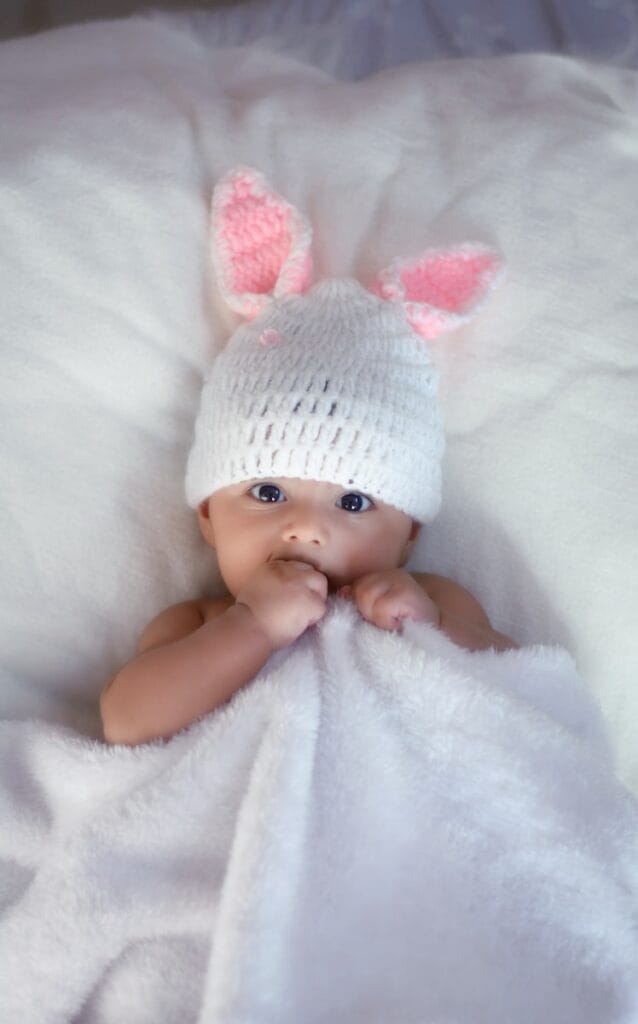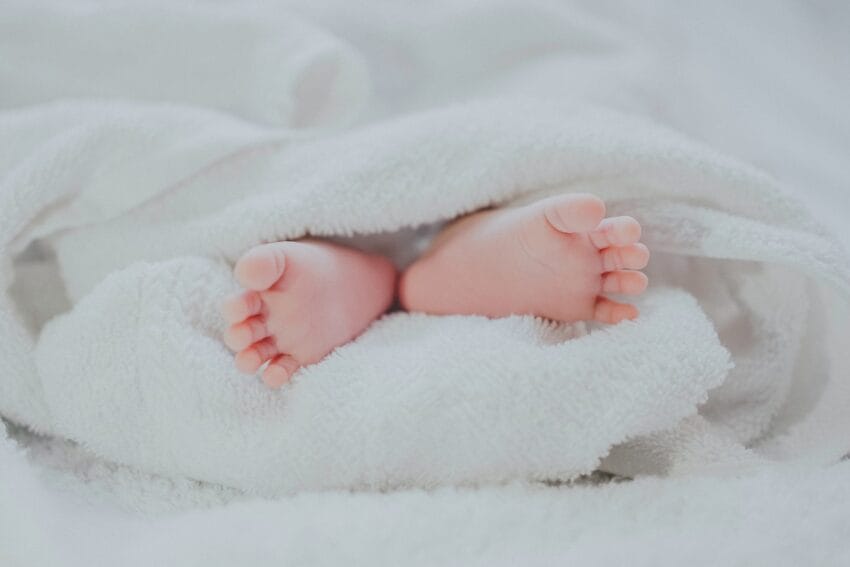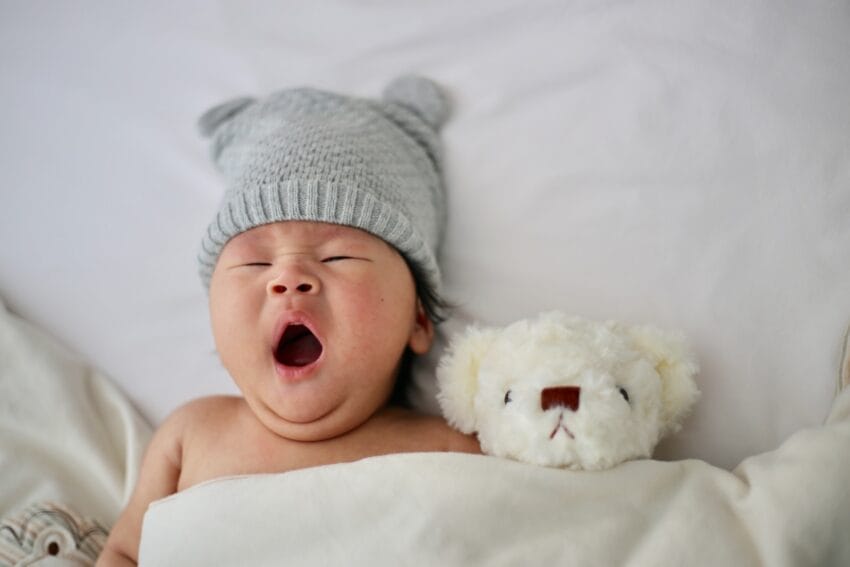Welcoming a newborn into your family is a joyous and exciting time. As new parents, it’s natural to want to provide your little one with the best possible care and comfort from the very beginning. Creating a safe and soothing environment for your newborn is one of the most important things you can do to promote their well-being.
A safe environment means setting up a space that is free from potential hazards, where your newborn can explore and grow without fear of harm. A soothing environment means creating a calm and serene atmosphere that promotes relaxation and sleep.
In this section, we will discuss tips and guidelines on how to create a safe and soothing environment for your newborn. From designing a baby-proofed nursery to maintaining optimal temperature and humidity levels, we aim to provide you with practical advice that will help you prepare a secure and calming space for your little one’s arrival.
With the right preparation and care, you can provide your newborn with a comfortable and safe environment that will contribute to their healthy development and happiness.
Designing a Baby-Proofed Nursery
Creating a baby-proofed nursery is an essential task for expectant parents, particularly for those anticipating their first child. A well-designed nursery not only ensures the safety and comfort of the baby but also provides peace of mind, a crucial aspect of maintaining good pregnancy health.
When it comes to setting up the nursery, it’s important to focus on safety and functionality. Start by selecting sturdy furniture like cribs, dressers, and changing tables that adhere to the latest safety standards. Secure heavy furniture to walls to prevent tipping, and use safety straps on changing tables. In the layout, cover electrical outlets and manage cords effectively to eliminate tripping hazards. Opt for cordless window treatments or use safety devices for cords to prevent strangulation risks.
For bedding, choose breathable materials and avoid loose blankets or pillows in the crib to reduce the risk of SIDS. A firm mattress with a snug-fitting sheet is ideal. Also, a baby monitor is an invaluable addition to keeping a watchful eye on your child. Select a model with both video and audio capabilities and position it for the best view of your baby.
Remember to stock up on essentials like diapers, wipes, and diaper rash cream, keeping them organized and within easy reach. This preparation not only helps in creating a secure environment for your baby but also in managing the demands of new parenthood more efficiently.
As you embark on this journey, it’s also wise to consider options like pregnancy health insurance, ensuring you have comprehensive coverage for prenatal care, childbirth, and any unforeseen medical needs. By focusing on these aspects, you can create a tranquil, nurturing, and safe space for your newborn, setting a solid foundation for their well-being and your peace of mind.
Choosing the Right Bedding and Furniture
When it comes to selecting bedding for your newborn, safety is key. Make sure to choose a firm and flat mattress that fits snugly in the crib, with no gaps between the mattress and the crib walls. Avoid loose blankets and instead, opt for a wearable blanket or sleep sack to keep your little one warm and cozy without the risk of suffocation.
Additionally, nursery furniture should be sturdy and secure. Look for furniture with rounded edges and no protruding hardware that can pose a danger to your baby. Make sure all furniture meets the current safety standards and regulations.
Consider investing in convertible furniture that can grow with your child, such as a crib that can later be transformed into a toddler bed. This can save you money in the long run and ensure that your little one has a safe and comfortable place to sleep as they grow.
Creating a Calming Sleep Environment
A calming sleep environment is essential for your newborn’s restful nights. As a parent, you want to ensure your little one gets the best sleep possible to aid in their growth and development. Understanding newborn sleep patterns and creating a serene atmosphere can greatly contribute to your baby’s sleep quality.
It’s important to provide a quiet and peaceful space for your baby to sleep, free from any distractions or disturbances. You can use blackout curtains to block out any excess light and reduce external noises by using a white noise machine or a fan.
Another crucial aspect to consider is the temperature of the room. Your newborn should sleep in a room set between 68°F and 72°F to promote a comfortable sleeping environment. Investing in a room thermometer can help you maintain optimal temperature levels.
Additionally, swaddling your newborn can provide a sense of security and comfort, mimicking the feeling of being snug in the womb. Experiment with swaddling techniques and find what works best for your baby’s sleep patterns.
Finally, establishing a consistent bedtime routine can help signal to your baby that it’s time to sleep. As your baby grows, they will begin to associate certain actions or activities with bedtime, promoting a sense of routine and calmness.
By creating a calming sleep environment, following your newborn’s sleep patterns, and establishing a consistent bedtime routine, you can help your baby get the restful, uninterrupted sleep they need to thrive.
Setting Up a Feeding Area
Whether you are breastfeeding or bottle-feeding your newborn, having a designated feeding area can make all the difference. Here are some tips to create a comfortable and convenient space for you and your little one:
Choose the right chair: Look for a comfortable chair with good back support. If you plan to breastfeed, consider getting a rocking chair or a glider to help soothe your baby.
Get a feeding pillow: A feeding pillow can help you find a comfortable position while feeding your baby. It can also help support your baby’s head and neck.
Keep everything within reach: Set up a small table or a cart next to your chair with items like burp cloths, a water bottle, and a phone charger.
Make it cozy: Add some pillows or a throw to your chair to create a cozy space where you can relax while feeding your baby.
Stay organized: Whether you’re breastfeeding or bottle-feeding, keeping your supplies organized can make feeding time much smoother. Use a tray or a basket to keep all your feeding essentials in one place.
Consider privacy: If you prefer privacy while feeding, consider adding curtains or a privacy screen to your feeding area.
By creating a comfortable and convenient feeding area, you can make feeding time a bonding experience for both you and your little one.
Maintaining Optimal Temperature and Humidity
Keeping your newborn comfortable is crucial for their overall well-being. One way to ensure their comfort is by maintaining optimal temperature and humidity levels in their environment.
It’s recommended to keep the temperature between 68 and 72 degrees Fahrenheit (20-22 degrees Celsius) in your newborn’s room. This will help prevent them from getting too hot or too cold. Using a room thermometer can be helpful in monitoring the temperature.
Humidity levels are also important to consider. The ideal range is between 30% and 50%. Use a humidifier or a dehumidifier to regulate humidity levels, depending on the climate and time of year. Be sure to clean the humidifier regularly to prevent the growth of mold and bacteria.
Maintaining optimal temperature and humidity levels can help prevent skin dryness, respiratory issues, and other discomforts. Additionally, it can promote better sleep for your newborn, which is essential for their growth and development.
In addition to regulating temperature and humidity, it’s important to dress your newborn appropriately for the weather. Avoid overdressing them or using too many blankets. Instead, opt for lightweight and breathable materials that will keep them comfortable without overheating.
By maintaining optimal temperature and humidity levels and dressing your newborn appropriately, you can help ensure their comfort and well-being.
Conclusion
In conclusion, creating a safe and soothing environment for your newborn is crucial for their well-being. By taking the necessary steps to design a baby-proofed nursery, selecting appropriate bedding and furniture, promoting a calming sleep environment, setting up a comfortable feeding area, maintaining optimal temperature and humidity, creating a soothing atmosphere using light and sound, and promoting sensory development, you can ensure a peaceful and restful start for your baby.
Remember, the first few months of your little one’s life are critical for their growth and development, and providing a safe and soothing environment can have a significant impact on their overall well-being. By following the guidelines and tips in this article, you can prepare a secure and comfortable space that will contribute to a healthy and happy start for both you and your newborn.



